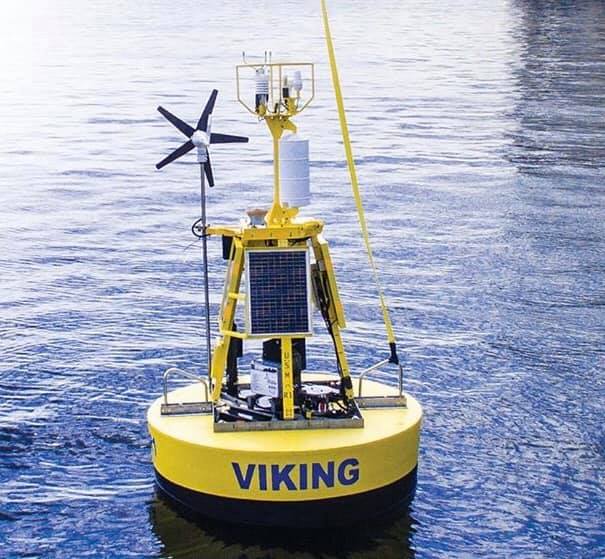Meteorological and oceanographic buoys are used to characterize the different physical and meteorological parameters and variables of the ocean, whether for research or for project development in the private maritime industry. Meteorological and oceanographic parameters are collected and recorded in databases by organizations such as Fisheries and Oceans Canada. To fulfil their functions, buoys must be equipped with a robust and reliable power system that can ensure the smooth operation of both the instrumentation installed on the buoys themselves and the communication system that transfers the data to a land-based station.
In this context, Multi-Électronique contacted Nergica to evaluate the buoy power system provided by the company. This project is part of the Opten research program.
Nergica’s team first analyzed the performance of the wind turbine installed on the buoy, followed by the PV system, in order to assess the possibility of removing the turbine and replacing it with a strictly solar-based system. Variables analyzed include the type of PV modules used, their orientation, their tilt and the possibility to include a solar tracker.
Lastly, Nergica analyzed the performance of the storage system and assessed ways to potentially improve its yield by changing the controller type. Nergica provided the client a series of conclusions and recommendations for next steps.

